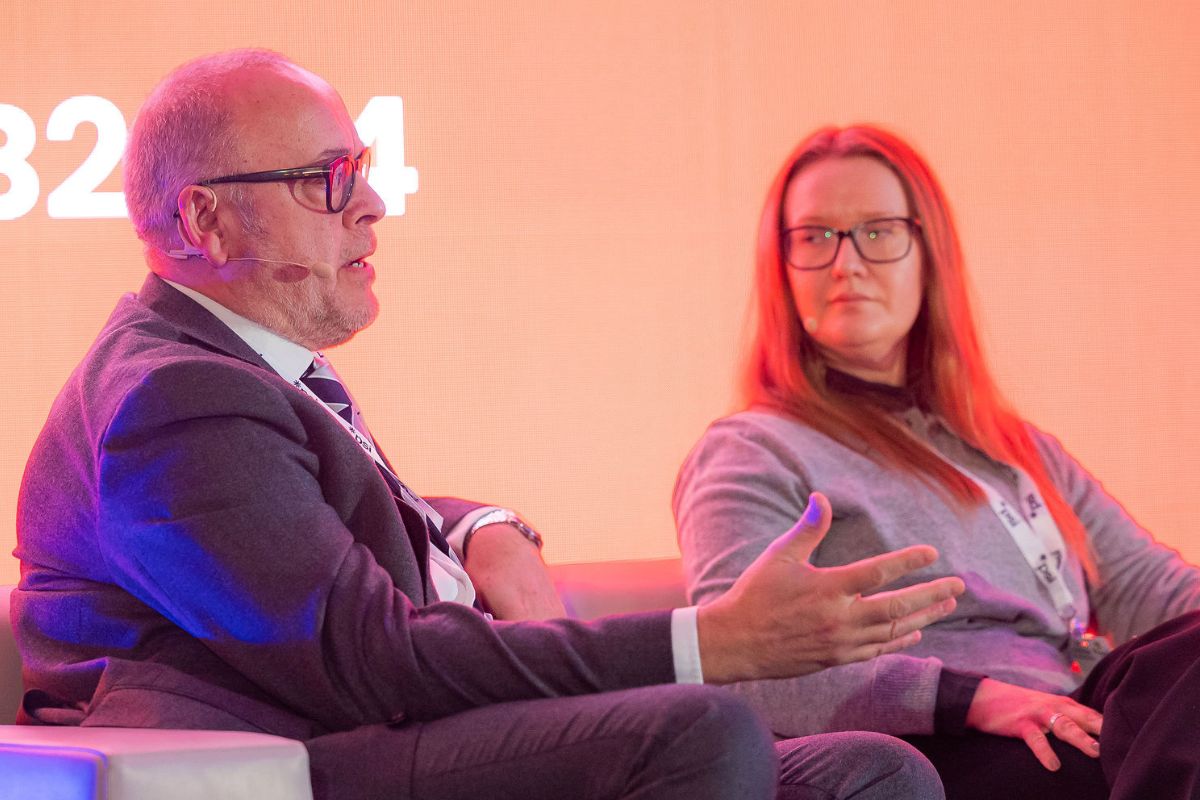How can pension schemes align with University Environmental, Social, and Governance goals?

Pension schemes and the industry as a whole are responding to the zeitgeist of ESG investing. Last year, the Universities Superannuation Scheme, the UK’s largest pension scheme, announced that by 2023 it will have divested from companies involved in tobacco manufacturing, coal mining and weapons manufacturers, where this makes up more than 25% of their revenues.
The government has chosen not to impose targets onto pension schemes and is instead hoping that all schemes can learn from the actions of some larger schemes like this that have set ambitious ESG investment strategies, and in particular those that have voluntarily adopted net zero targets for their investments. Pension schemes will need to engage much more with their asset managers, understand what net zero really means, and be prepared to better interrogate their managers over their fund selection and how this is being monitored.
That will require Trustees to be more clued up, and to have a much different investment strategy, than perhaps they have been in the past. But the effort is likely to be worth it, for their scheme members. ESG investing is proving to be very attractive to millennials (Trustees may be surprised by just how many of their members fall into that bracket), and is bucking the assumption that ESG investing means lower returns.
Research from Bloomberg has shown that the average ESG fund fell in value by just half the decrease registered of other funds in the S&P 500 index over the same period during the Covid-19 crisis. All of which is good news for DC fund values, and also for DB schemes that are seeking to rely less and less on the employer going forward.
Trustees should not focus solely on the “E” in ESG though. The social credentials of companies seeking investment are just as important and it seems that those companies with solid scores in their area have also performed better during the pandemic, and members will likely expect further and better particulars from their schemes about how those scores are arrived at, and how it has shaped the investment strategy for the scheme.
So how can trustees ensure that managers engage positively with investee companies on their behalf?
There are some key actions Trustees should take, in order to exercise the right degree of influence and accountability among their fund managers:
- Awareness: Trustees should educate themselves about the S and the G in ESG, not just the E. Ask the managers and other advisers to provide training on how to interpret information, and what sources are being used to asset the ESG credentials of funds (especially social factors, such as labour standards and diversity). This will enable the Trustees to better monitor their managers and understand and interrogate the information provided by them, and in turn, managers will be forced to engage positively with investee companies
- Accountability: Trustees should make clear in their SIP and their risk register what their position is in relation to ESG, and how they will review the performance of their managers and investments against that position. Don’t just use boiler-plate assurances that the asset manager’s policies are consistent with the Trustees’ ESG beliefs. The voting policy is an excellent tool, even where voting is delegated, and would set out how schemes check their manager’s approach (some asset managers’ policies currently offer limited coverage of social topics) and the steps that will be taken where the managers’ voting choices diverge from the scheme’s voting policy.
- Leadership: Require your managers to be signatories of the UK Stewardship Code. If you are a qualifying scheme, you should also sign up, to show that you are walking the walk as well.
- Follow through: Select managers whose approach to ESG and sustainability issues is in line with that of the scheme, and choose those that can demonstrate that they fully integrate ESG considerations into their investment process.
Tracy Walsh, partner in the pensions team at law firm Womble Bond Dickinson











Responses